Tipping has become so customary in our culture that everyone does it. Most folks barely think twice when they plop their cash on the table or add a gratuity after every dinner, coffee or meal. That’s all fine and good. However, although tipping has become the norm, should you have to do it every single time or are there rules to consider? That’s what we’ll talk about today. When to tip, and when not to tip.
If you eat at a restaurant or order food, and it’s tasty and delivered on time and by a waiter or waitress with a smile, then you’ll likely feel inclined to tip. After all, you had a great experience, and that staff member went above and beyond to ensure your satisfaction. Even if the service wasn’t that great, many of us feel pressured to leave a tip. We may even feel like we may be looked down upon if we don’t. However, are there instances where you may be justified for not leaving a tip? How about if the gratuity is included or if the service was completely abysmal, does the waiter or waitress still deserve to take your hard-earned money?
These are things we don’t often think about, but maybe we should. To help you navigate these tricky waters, we have some advice for when to tip and when not to tip. In order to come up with this list, 24/7 Tempo looked at various sources. We reviewed financial experts at Money.com and NerdWallet, and we also looked at the research conducted by news agencies, such as USA Today and CNBC. We feel like we’ve created a pretty comprehensive list. (Once you’re done learning about the rules of gratuity, continue your education with some advice for pro-tipping etiquette for any occasion.)
When Not To Tip: Bad Service in a One-on-One Interaction
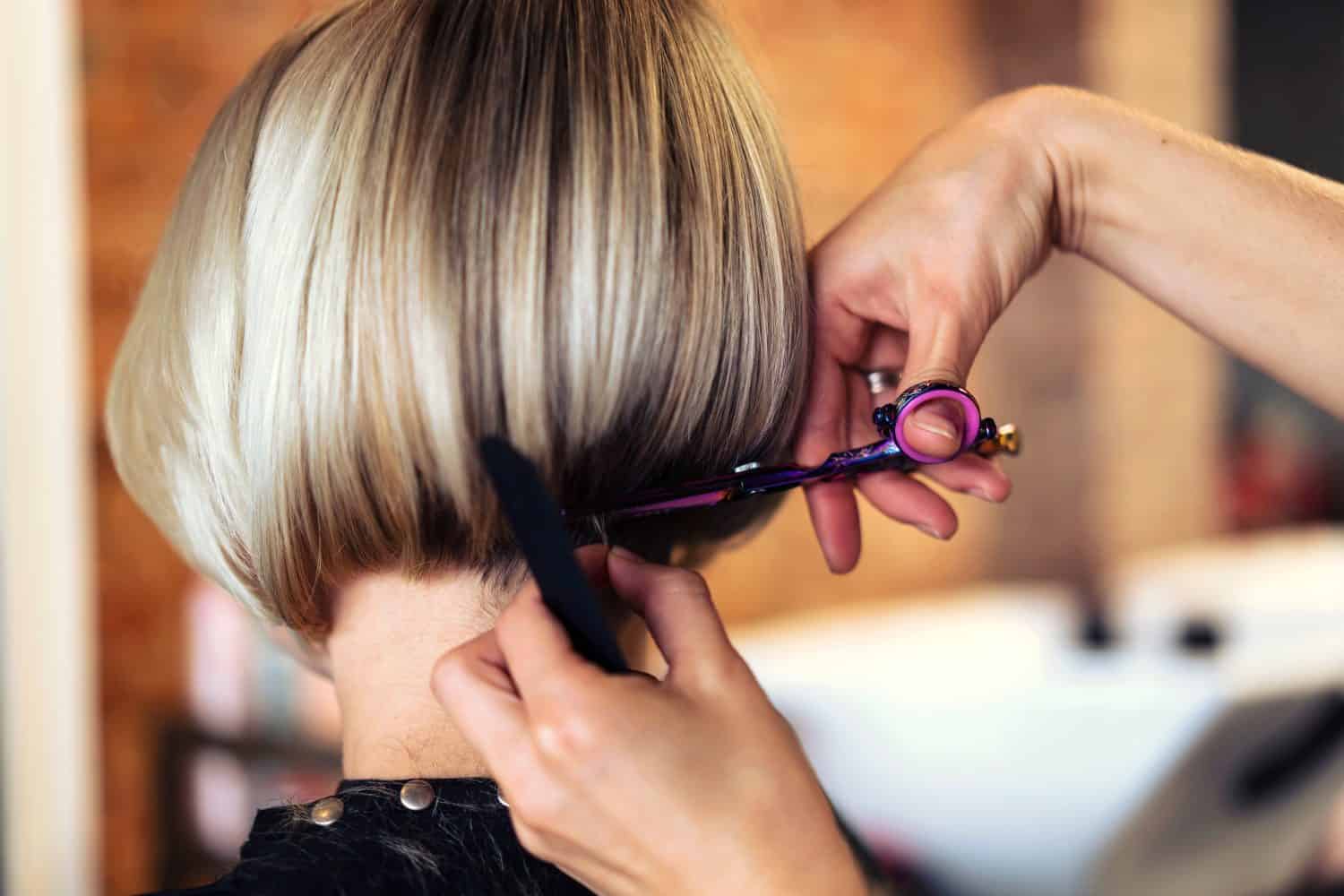
If you go to get your haircut or get your nails done by one person and they do such a poor job that you are tempted to ask for a refund, you probably don’t need to tip. Complain to the person who served you, and they’ll likely realize why they’re not getting a tip. You may not want to go for repeat service from them again.
When to Tip: Bad But Not Horrible Service at a Restaurant
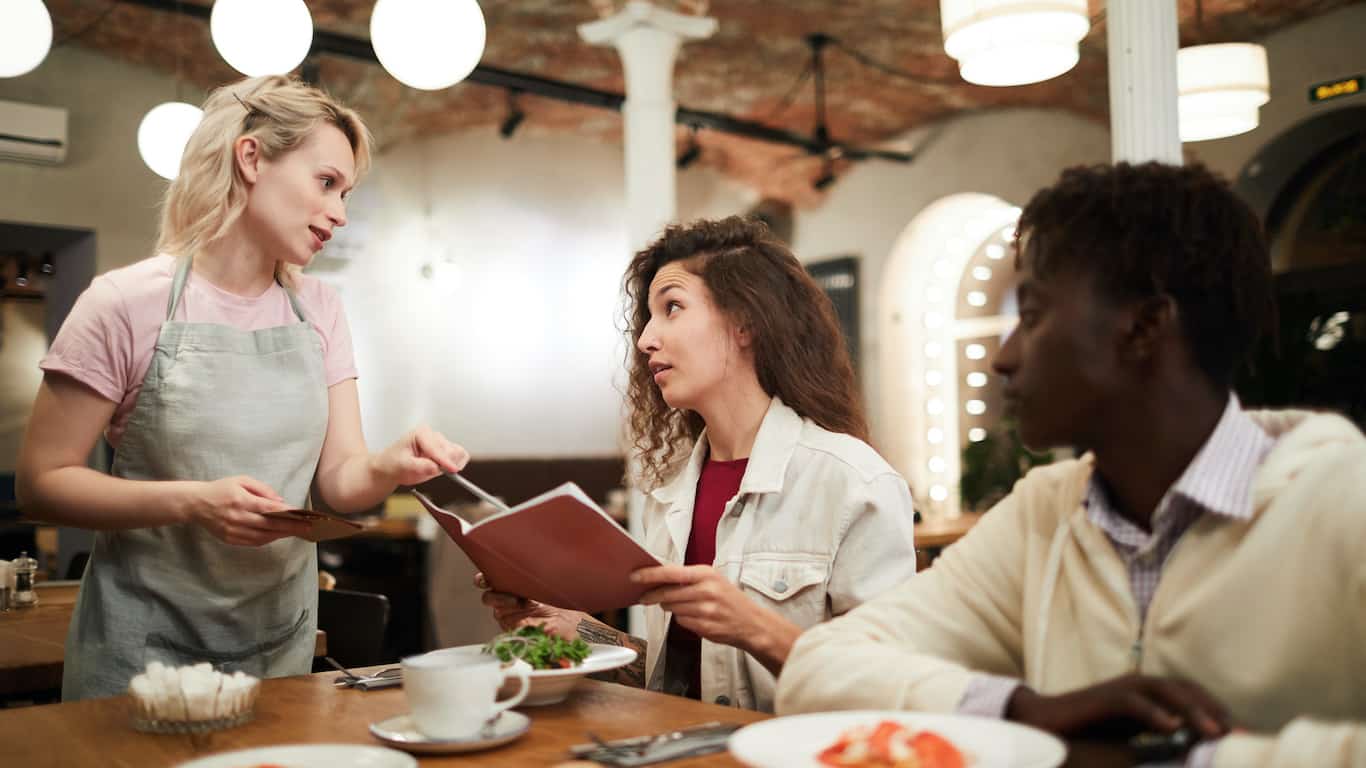
Disgruntled restaurant guest talking to waitress
If you go to a restaurant and your food is slow, or they mess up your order, you may be tempted to leave a very small tip if you leave one at all. Before you do, think about the situation because, in many cases, your tip is going to more than one person. Many restaurants and larger establishments will split your tip between the waiter or waitress, the cooks, the bartender and perhaps others. If you give a low tip just because the service was slow, you may be punishing many people for one individual’s actions.
When Not to Tip: At The Drive-Thru Restaurant
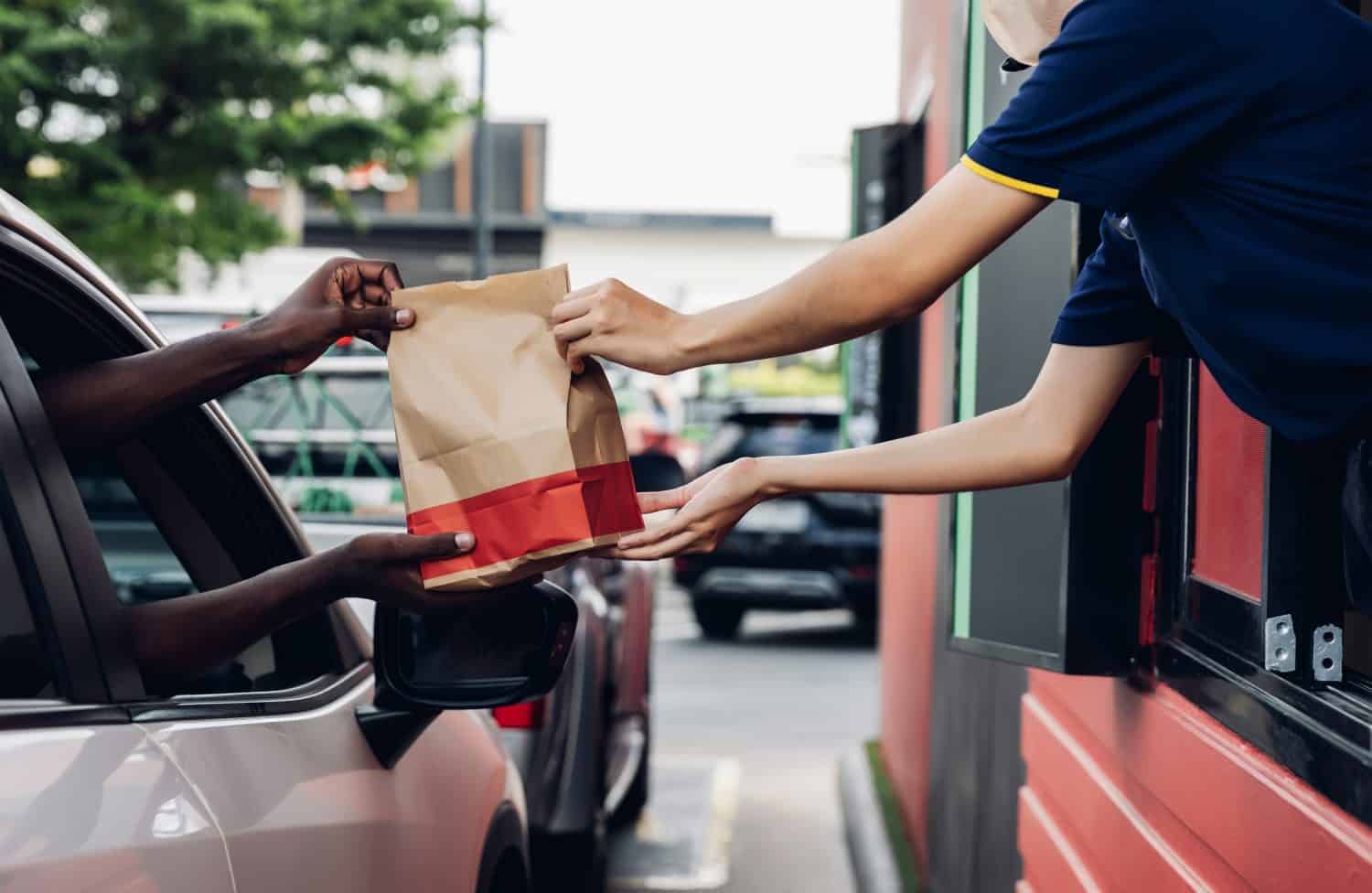
Generally speaking, when ordering food from a fast food restaurant, tipping is not expected. Most fast-food restaurants tell their employees that they’re not allowed to accept tips. So you can feel at ease by not handing over extra cash. That also goes for places like grocery stores. Even if the clerk helps to bring your bags out to your car, the store likely frowns on them accepting a tip from you. When you go to any place where tipping is not a standard practice, you can probably avoid doing so.
When to Tip: For Food Deliveries
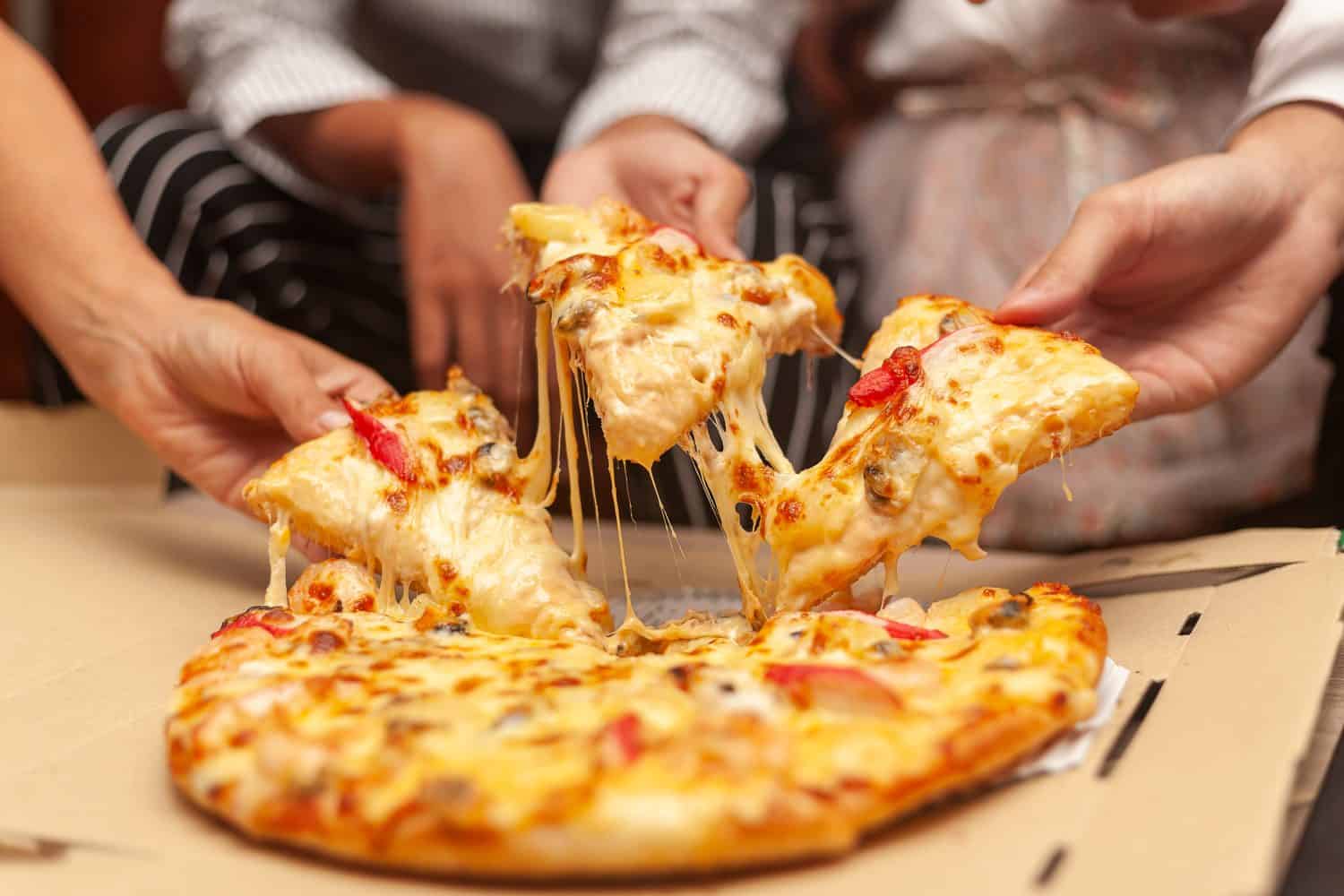
More people than ever are ordering groceries or food from restaurants and asking them to be delivered to their homes. If this is you, expect to pay a tip. You should tip because the delivery person is going through a lot of legwork. They’re picking up your food, ensuring it’s right, and driving to your home to deliver on time. In addition to being the right thing to do, it’s also recommended. While we hope it doesn’t happen often, a person who knows they’re getting a bad tip may drive slower or provide poorer service, and you don’t want that.
When Not to Tip: When It’s Already Included
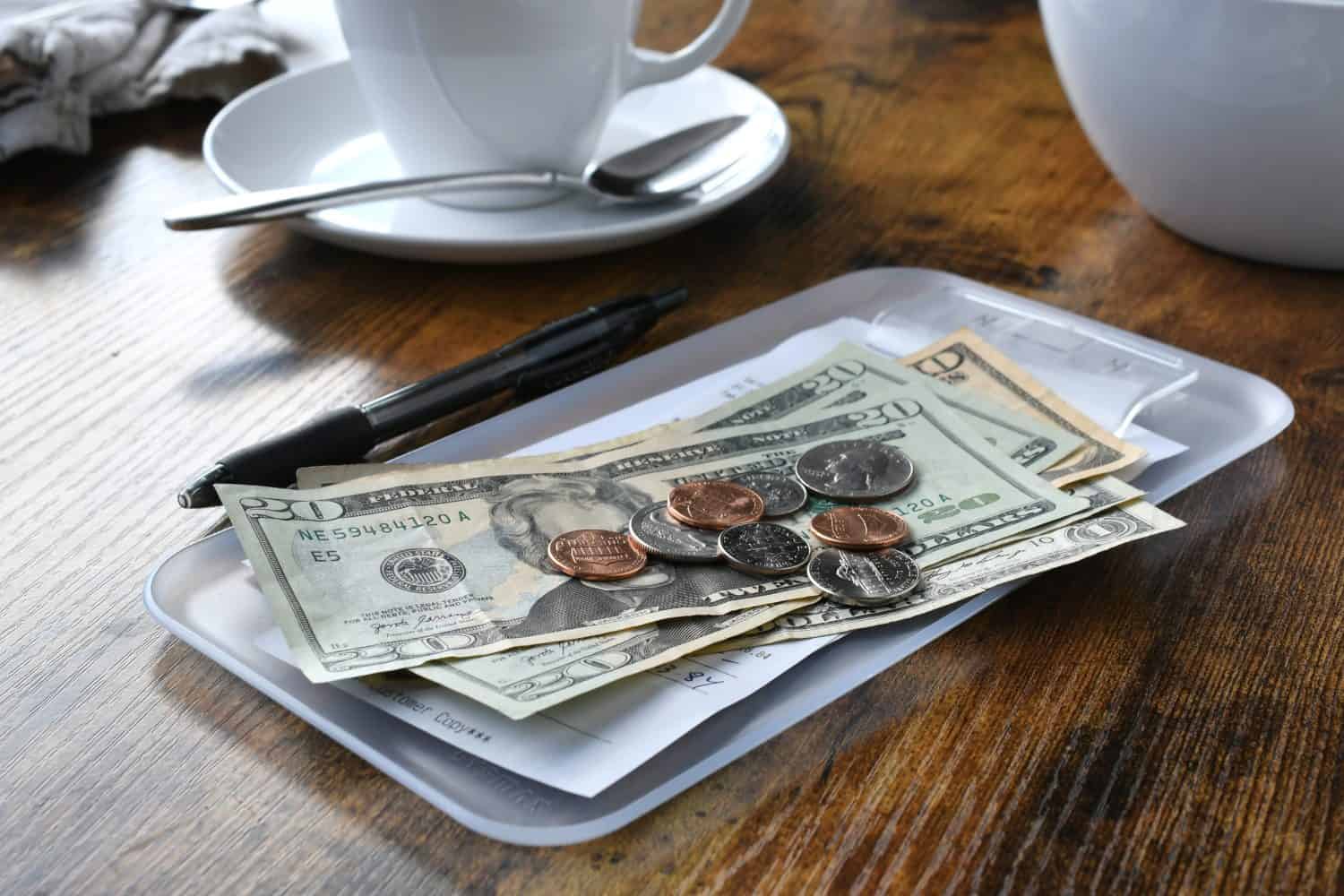
As time goes on, many restaurants are adding a service charge to their bills of 15-20% as an automatic gratuity. In many cases, restaurants add this charge for larger groups. However, many restaurants are doing it for everyone who orders food. Check your bill before you start calculating a tip because this is becoming far more common. If there is already a tip included as part of what you’re paying, you won’t be frowned upon if you don’t add more. If the server goes above and beyond and you’re incredibly impressed, then tip at your own discretion.
When to Tip: Good Service at Restaurants
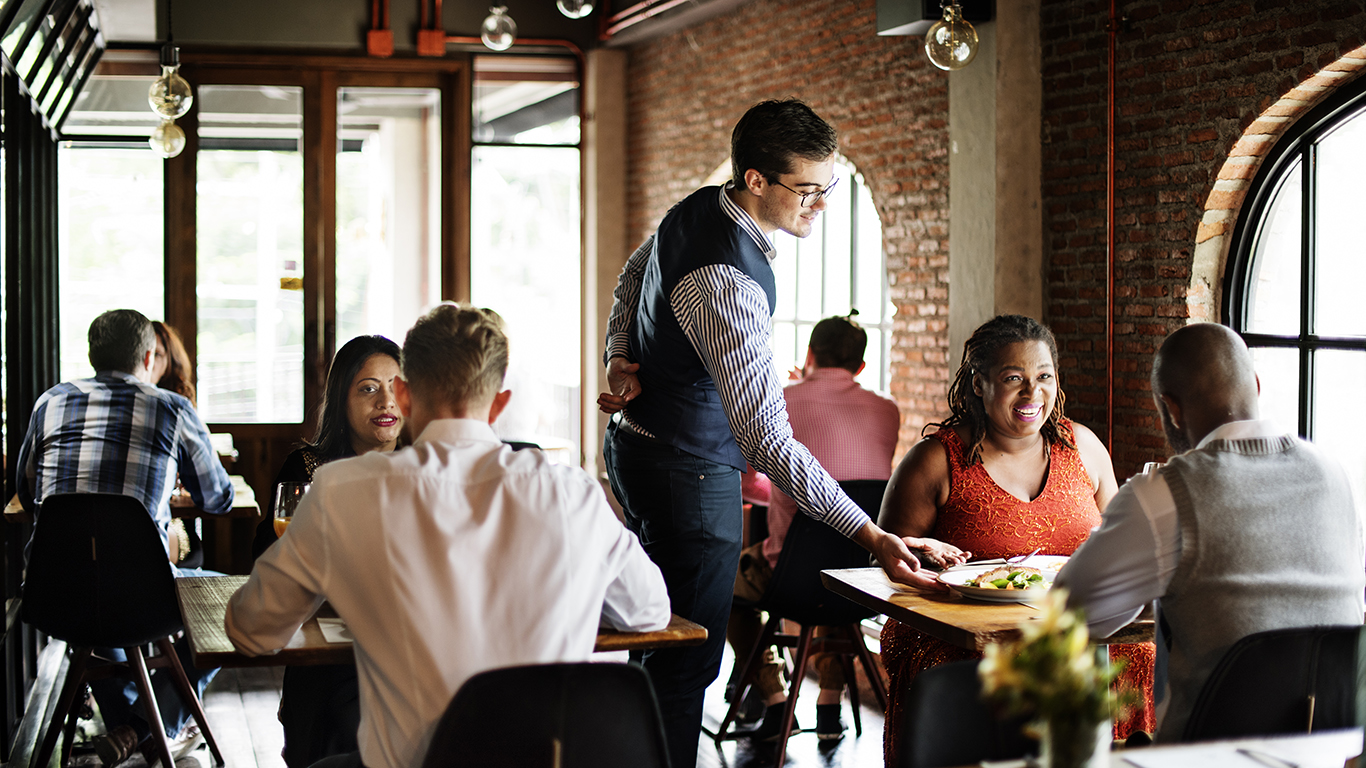
Restaurant Chilling Out Classy Lifestyle Reserved Concept
In general, you should tip whenever you go to a restaurant and get the service you expect as well as when the staff goes above and beyond. A waiter should get a tip for being cordial, taking your order, getting it right, ensuring you’re taken care of during the meal, asking the right questions and ensuring that you’re fully satisfied by the end. Many restaurants pay servers a lower wage with the idea that they’ll get tipped, so tipping is only right, and it ensures that the server can pay their own bills. Tips are usually up to 20%.
When Not to Tip: Open Bar Events
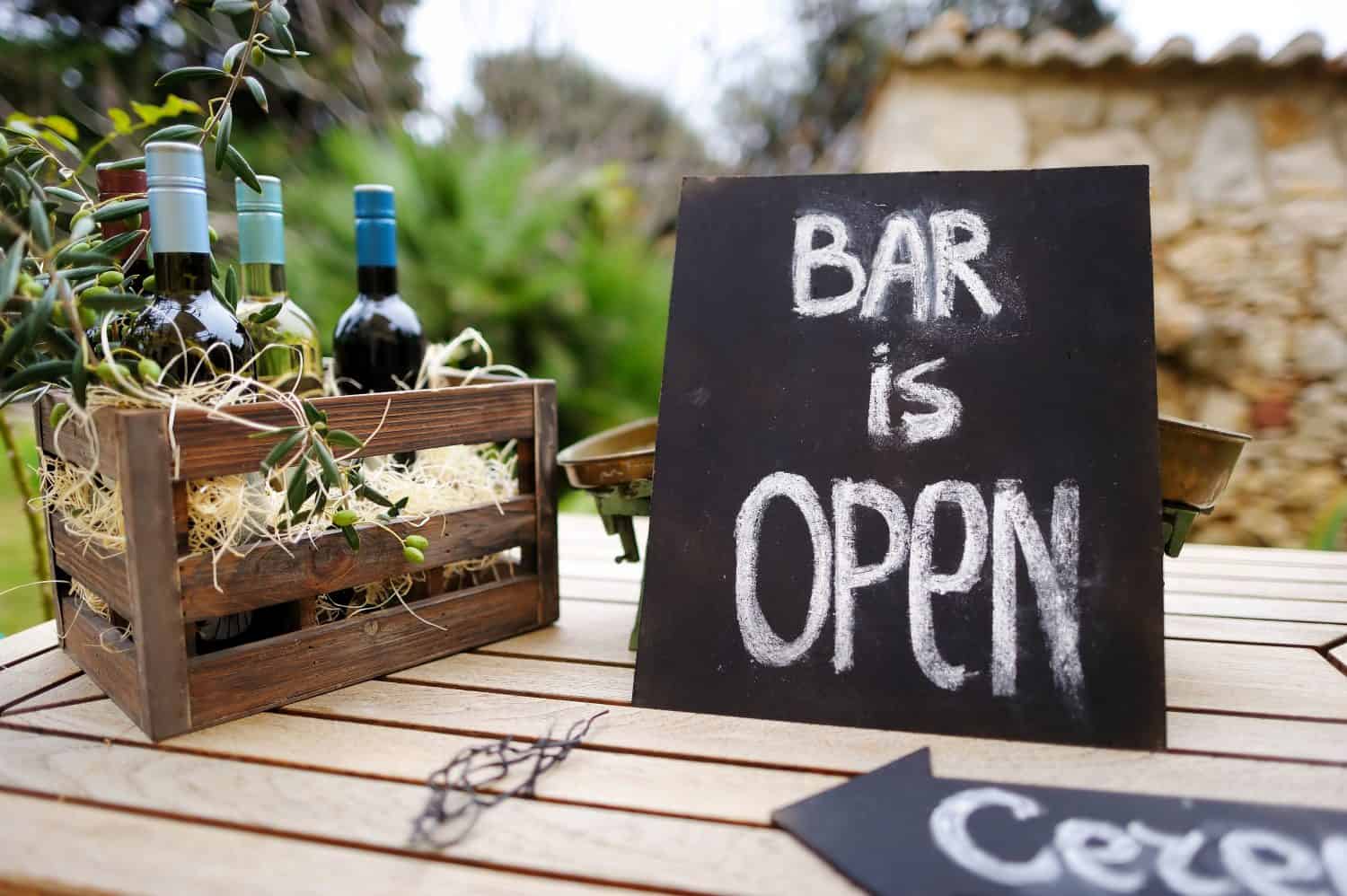
If you attend a wedding or go to a hotel with an open bar, it’s typically not expected that you need to pay a tip. In most cases, the tip has been handled by the person throwing the event. It could also be that the business is paying the associate a bit more to cover the missed tips. Now, that doesn’t mean that a tip jar won’t be present. It’s not required, but providing a small tip may lead to better service or perks, like a heavier pour or more ice. If you feel like tipping, give $1-$2 per drink.
When to Tip: When Ordering at a Bar

Bartender finished decorating his cocktail with mint and orange slice
Like restaurant servers, bartenders are often paid a bit less by their employers. It’s often the expectation that they’ll also get tipped. As a general rule, throughout your stay, you should tip 15-20% of your tab. That usually comes out to about $1-$2 per drink. Tipping is the right thing to do. Plus, you’ll likely get faster and better service than another patron who isn’t tipping.
When Not to Tip: When The Person Gets a Salary

Male doctor counseling mature patient in waiting room. Medical professional is listening to ill man while holding digital tablet in hospital. They are sitting on seat.
If you’re going in for professional services from someone like a teacher, lawyer, doctor, or accountant, you don’t need to tip. Most people will see that as common sense, but if you’re concerned, know that it’s not expected. In fact, it could be rather awkward if you offered a tip, and the person who assisted would likely decline. We tip waiters and waitresses because the expectation of a tip is often considered part of the salary. However, that’s not the case for everyone. Instead, give a doctor or lawyer a positive review online, and they’ll likely be grateful.
When to Tip: At Spas and Salons
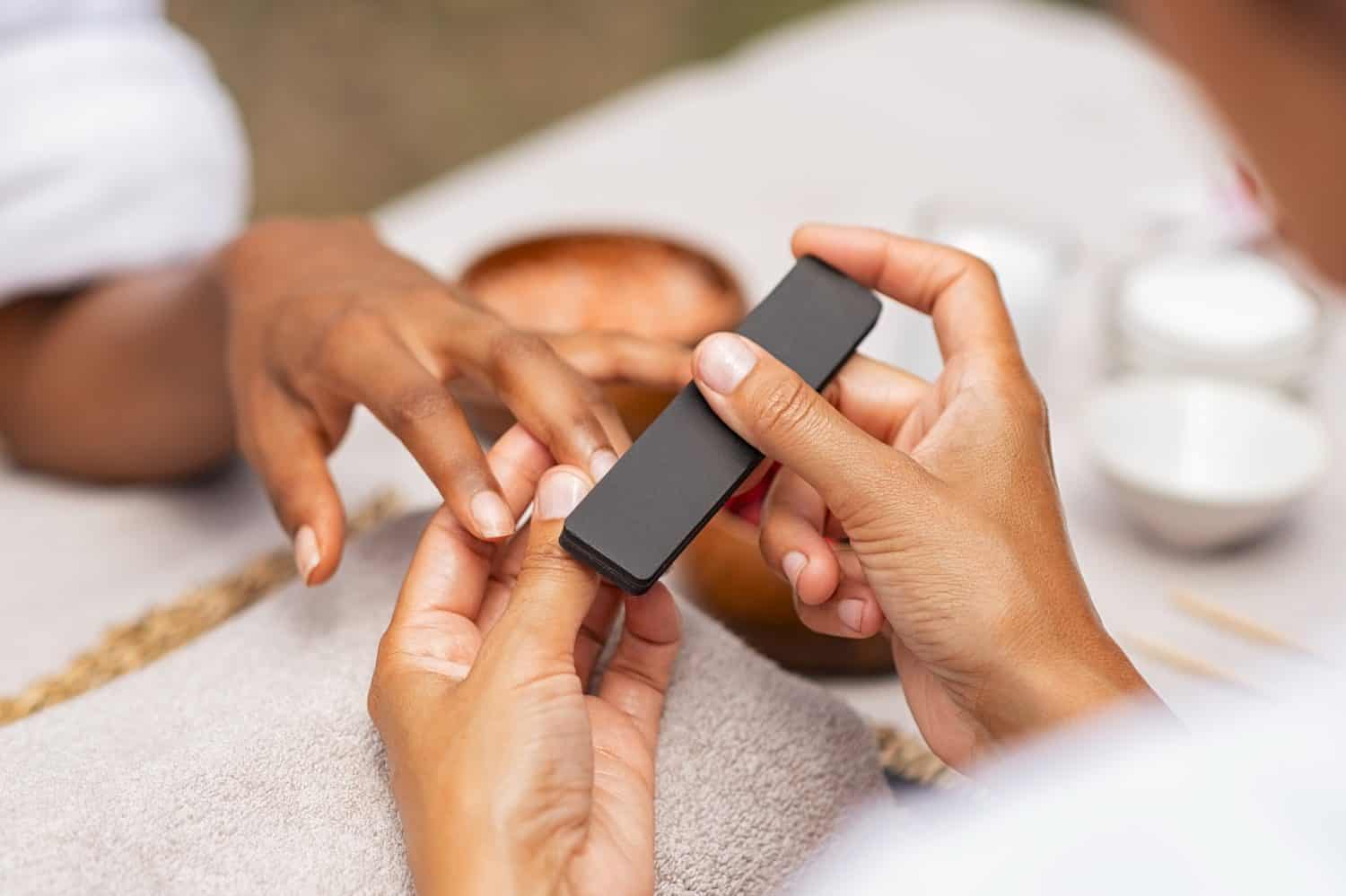
When you visit a salon or a specialist to do your nails or hair, provide a massage or other various services, you should give a tip, especially if they do a good job. For hairdressers and barbers, 20% is standard. Nail technicians also can get between 15-20%, which they typically like in cash. Going for 20% for massages and facialists is also standard.
When Not to Tip: In Double-Tipping Situations
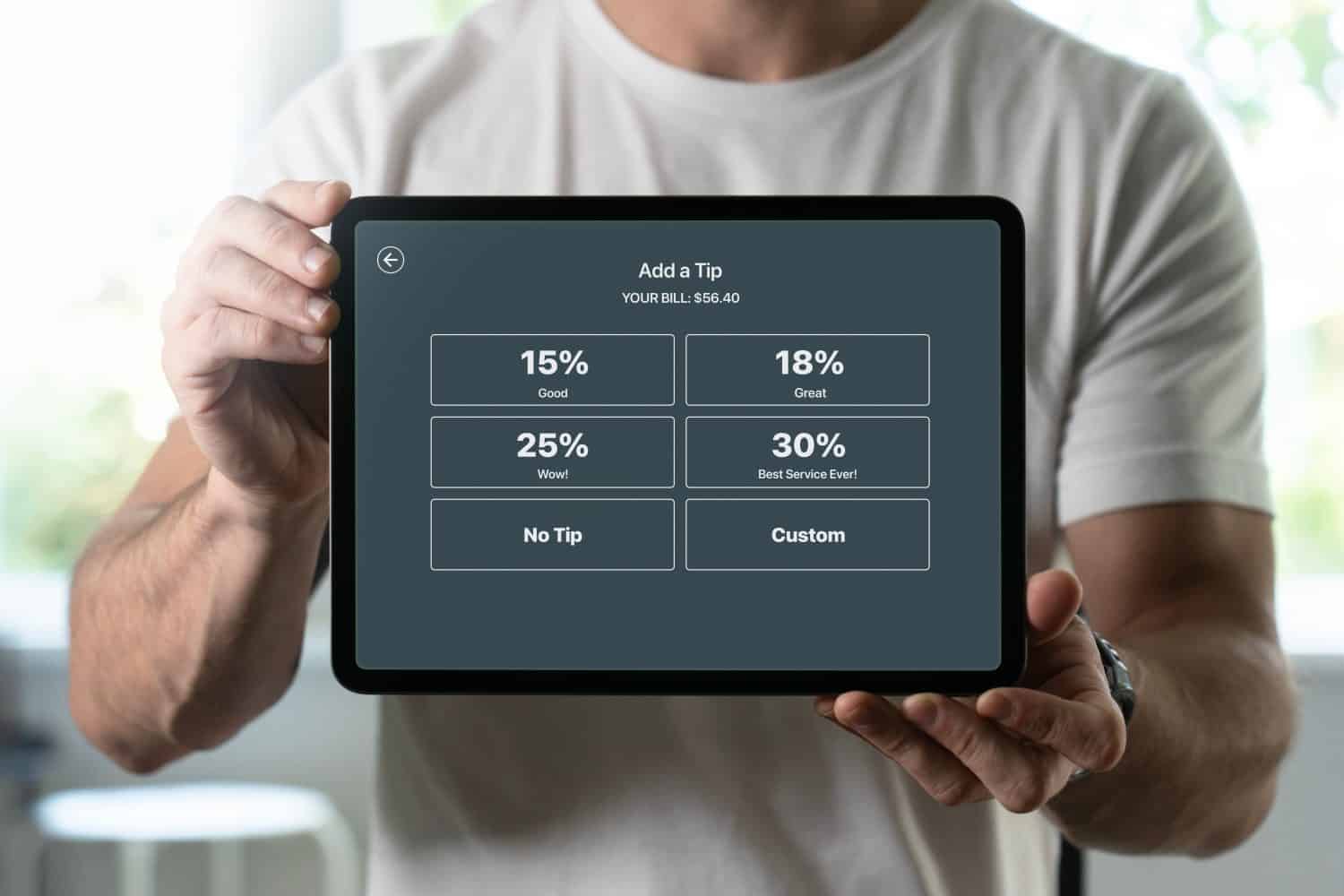
In most cases, you don’t need to provide multiple tips for the same services. You may go to a restaurant, eat your meal and leave a good tip at the table. Then, you may get up and go to the main counter to pay for your meal. They may ask if you want to provide a tip. If you already did, you don’t need to do it again. If you only tip once at the counter, they’ll know who on the staff gets the tip.
When to Tip: When You Get Counter Service
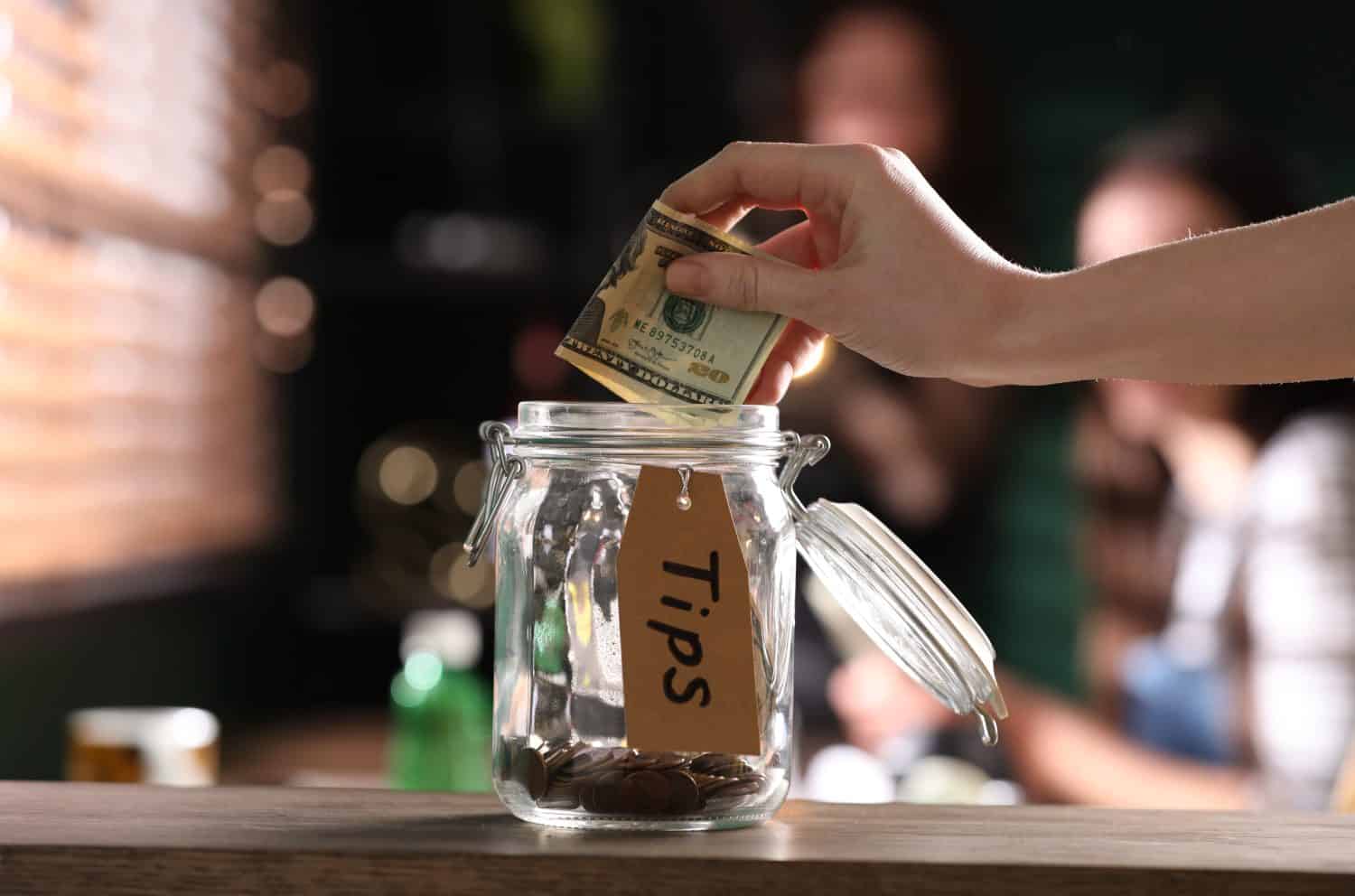
While you don’t need to tip when you drive up to the drive-thru at the fast food restaurant, if you go into an establishment and get food or services over the counter, then tipping is generally recommended. This is often the case in ice cream and coffee shops. When you order your food or beverage, someone has to make it. While you’re paying the business when you buy the meal, you can reward the individual who makes your coffee or ice cream with a tip in their tip jar.
When Not to Tip: At Self-Checkout Machines
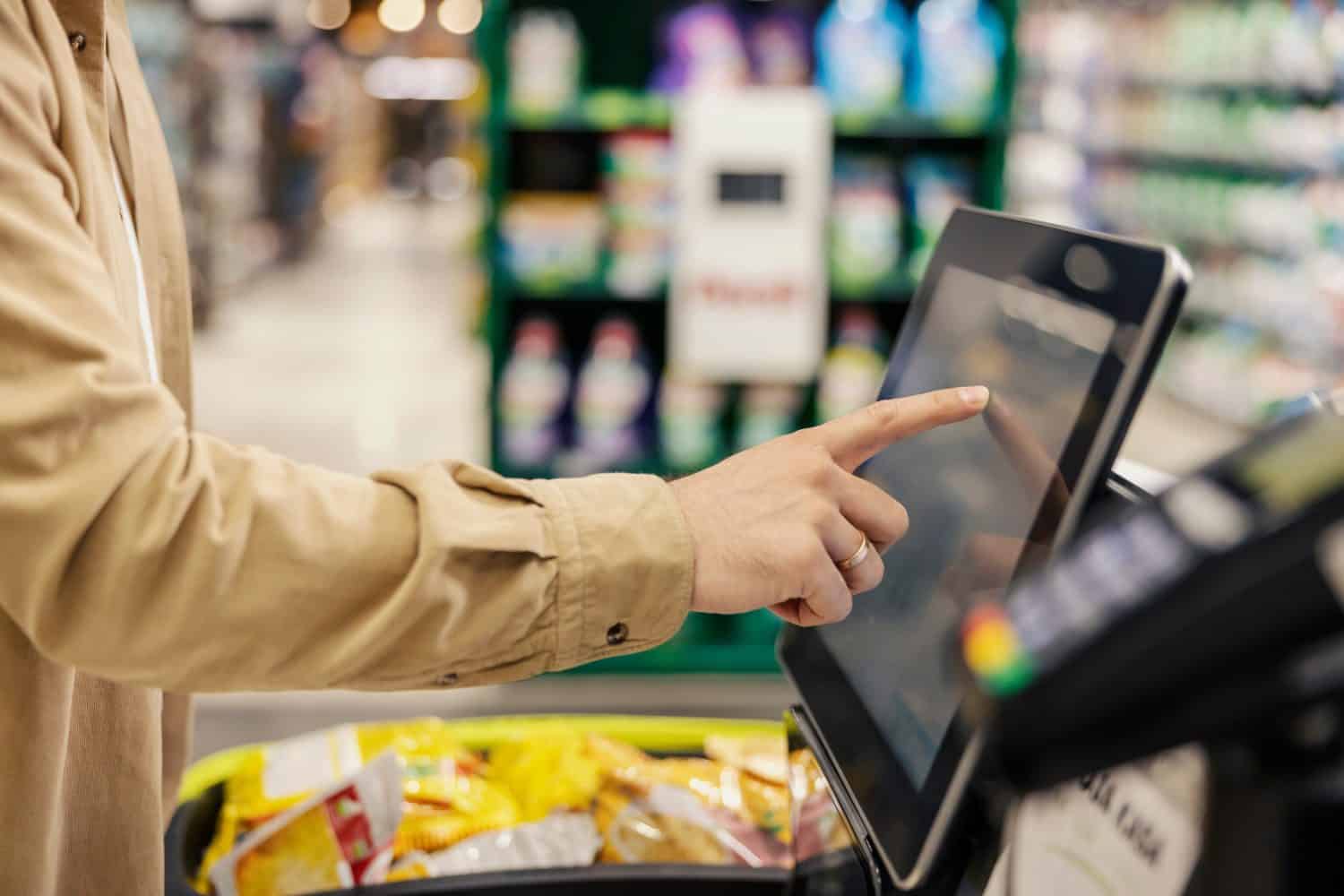
It may go without saying, but if you’re at a self-checkout machine at a grocery store, sports stadium, airport or other location where you had to do everything and only a machine was involved, you don’t need to tip. Some machines will ask you to scan and bag your own items and then ask if you want to provide some gratuity. You don’t need to. Tipping is for human effort, and with no human, you can just pay the price you owe and move on.
When to Tip: For Home Services
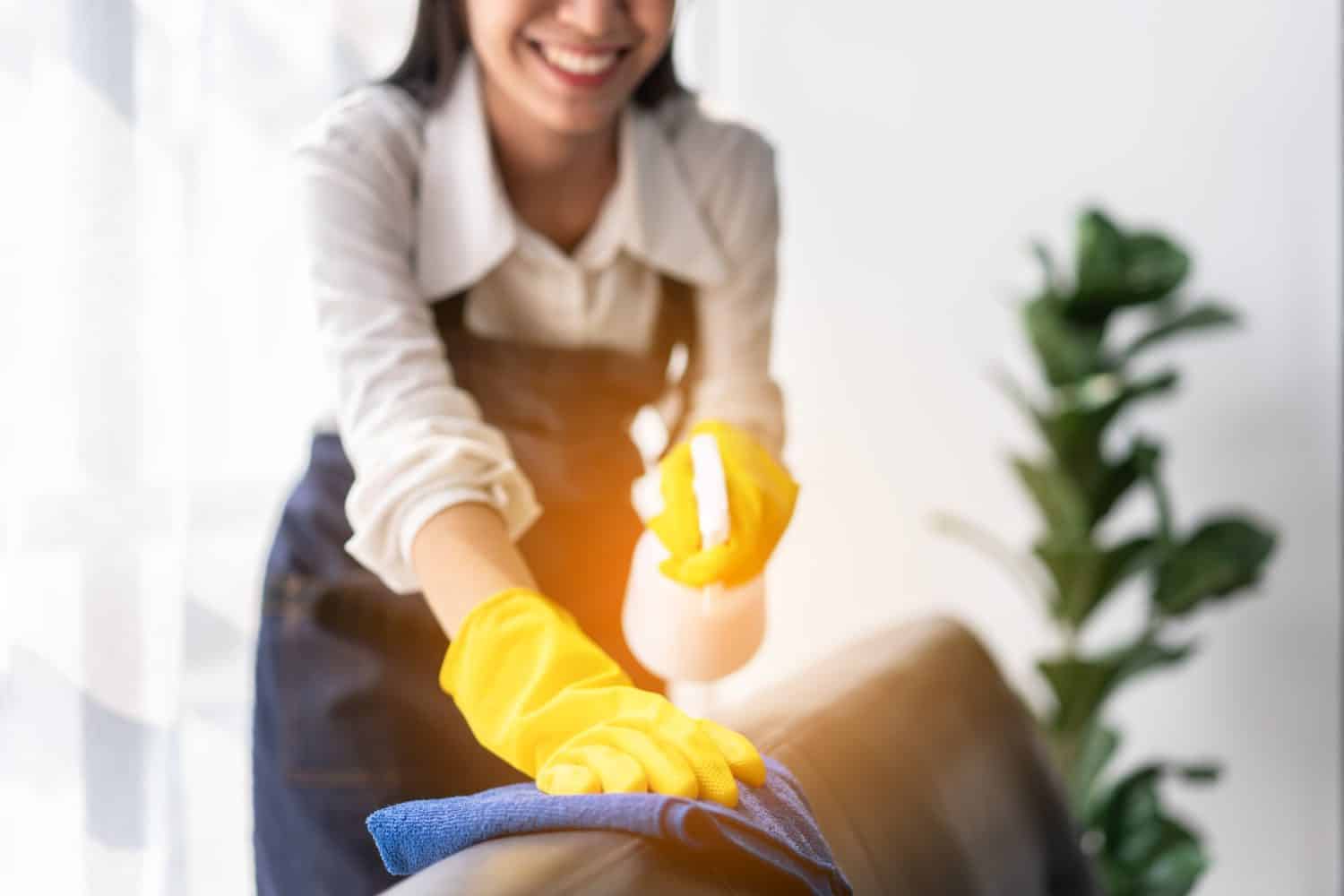
You can tip for home services, but it isn’t always required. If you have a house cleaner come to your house, you should tip, especially if they do a good job. They’ve likely put forth a lot of effort, and if you plan to hire them again, you’ll want them to be enthusiastic about their work. You can give them 15-20% of your bill. If you get the services of a contractor like a plumber, painter, etc., you can tip $10-$20. However, it’s not required, and the contractor won’t be expecting it.
When Not to Tip: Most Package Deliveries
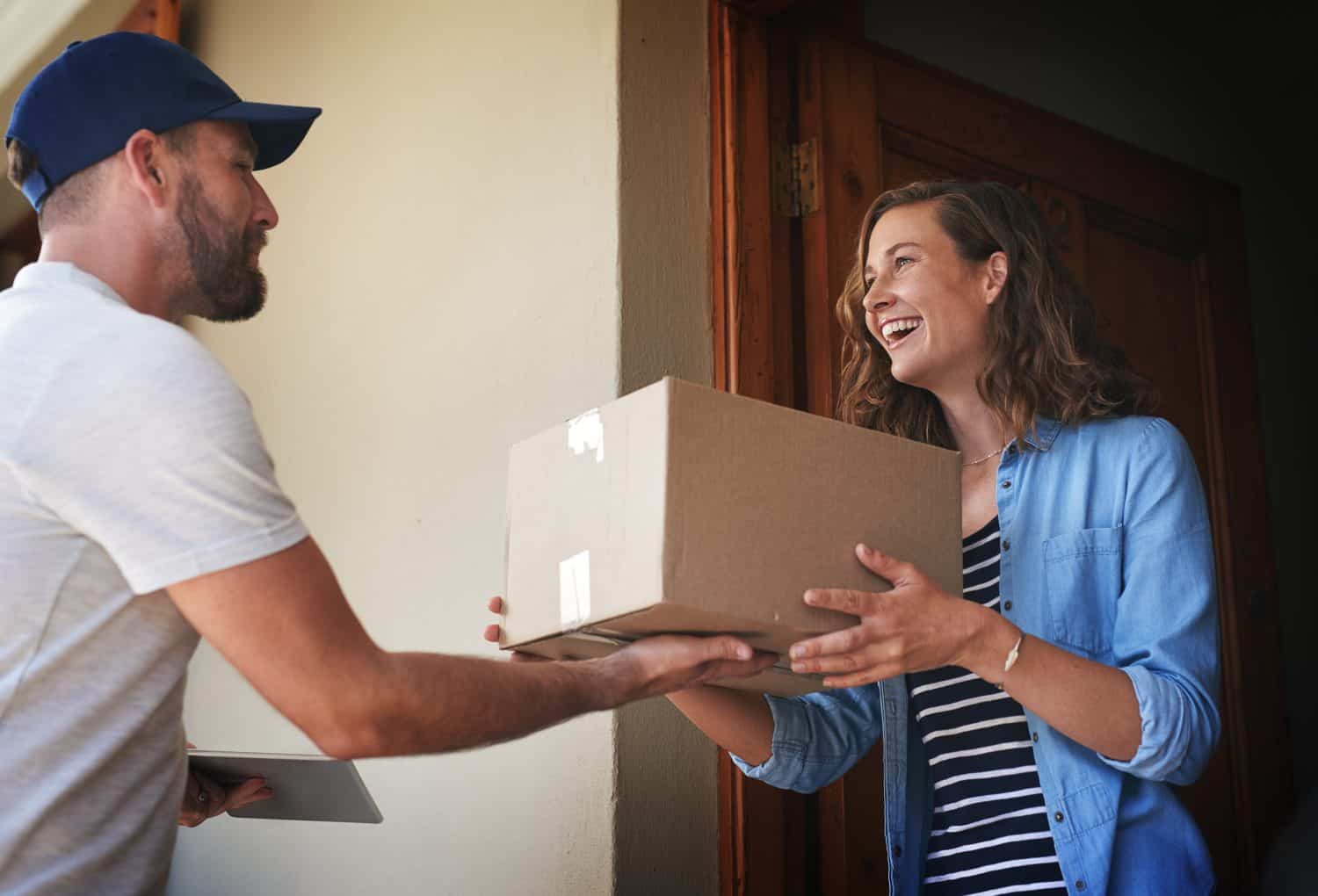
When FedEx, UPS or other similar package delivery services show up at your door, you don’t need to rush out to give them a tip. Some people like to give a small tip during the holidays as a nice gesture for a year of hard work. However, it’s not expected. When it comes to regular mail via USPS, you should not offer a tip. In fact, you could put the mail carrier’s job in jeopardy. They cannot accept cash tips per federal law. However, they can accept a holiday gift valued at $20 or less. Just be careful.
When to Tip: For Valets
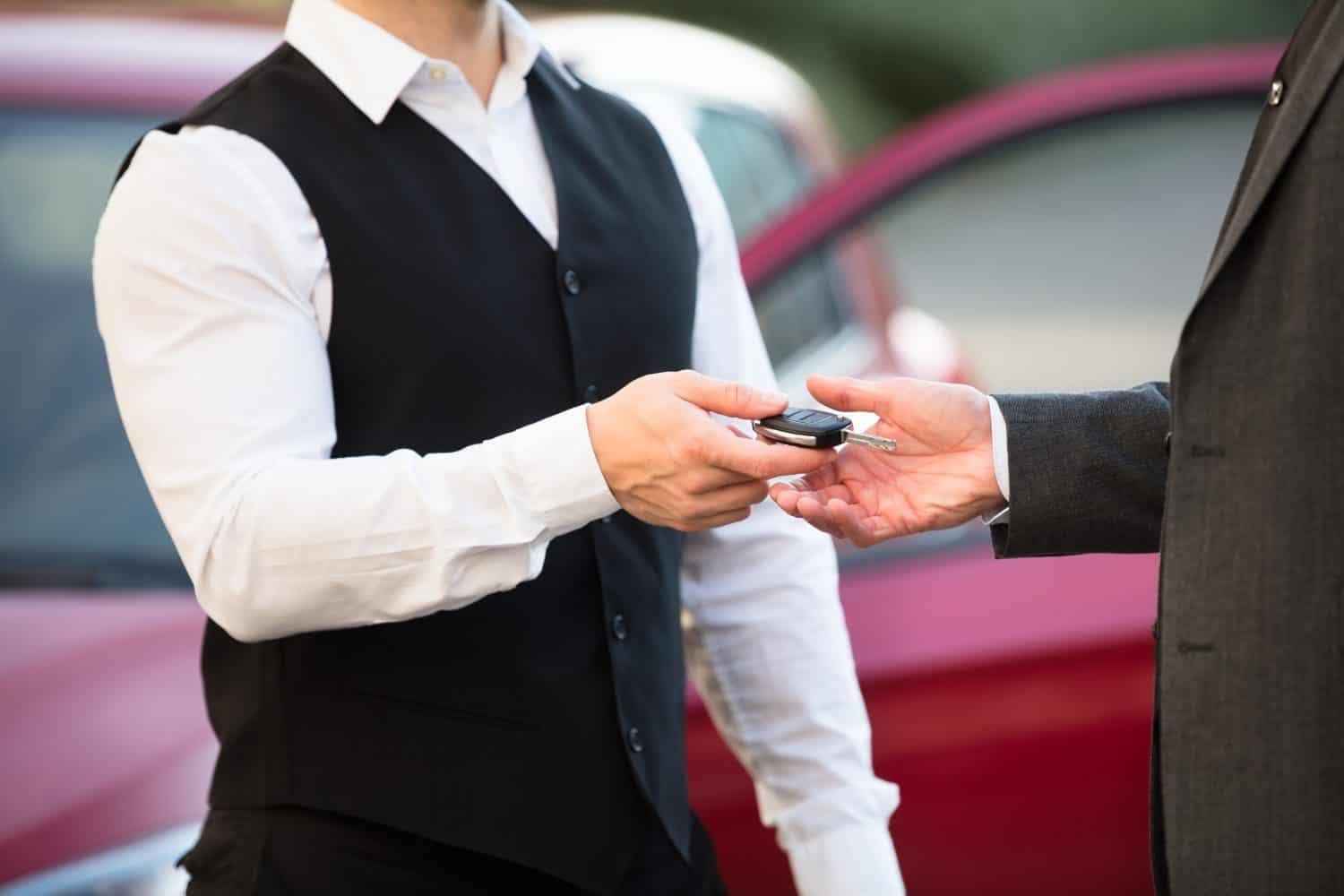
Like restaurant workers, valet drivers typically get a lower hourly pay with the expectation that they’ll be tipped for their services. If they handle enough cars per hour, they can make a good wage. The general rule of thumb is to tip a valet between $2-$5 dollars. That’s if all they do is bring up your car. If they do more, like helping with luggage, then you can provide more. (If you spend a lot of time in your car and you’re looking for ideas, check out this guide to the best road trip in every state.)